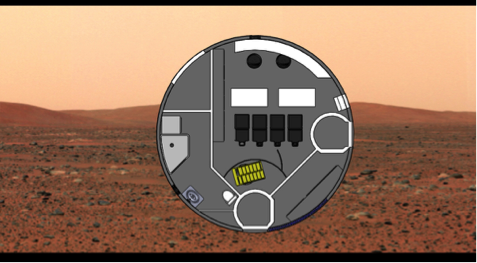“Brandon, how’s our electrical power supply holding up?” Tom asked, after about three hours of flight.
“Battery power is reading eighty-one percent,” Brandon replied.
“Then let’s get those solar panels deployed. When you’re ready, fire the bolt for release,” Tom ordered. Any time you are working with exploding bolts, the best rule to remember is: the fewer the better. For example, if there are four bolts which all have to explode at the same time to release something, Murphy’s Law says one of those bolts will fail. The breakaway shroud surrounding the entire spacecraft, holding the solar panels tightly to the side of the Hab, is hinged on one side and clamped with a single exploding bolt on the other. Behind that bolt is one very strong spring designed to send the shroud flapping away from the Hab, mimicking the wings of a giant seagull.
“Firing bolt,” Brandon reported, pressing the proper keystroke sequence. The related indicator light on the panel went green, signifying a successful firing. A mild tremor could be felt, but barely. “Shroud away,” he announced. Sally and Jackie approached the nearest porthole to watch it flutter away. Carl was quick to point out that the Hab was still wrapped with solar panels, and the ladies wouldn’t be able to see anything until they were completely unfurled.
“OK,” Tom laughed. “Then it’s time to inflate those struts.” As the two solar panels are each the size of the Hab (top to bottom and wrapped tightly around), their total area is just over 488 square meters. Five inflatable tubes run the length of each strut, spaced equidistantly from the top to the bottom. By inflating these struts the way one might blow up an air mattress at the beach, the solar panels unwrap themselves from around the craft and spring straight out from the Hab, like a pair of wings. In the vacuum of space, the contents of a dozen small nitrogen bottles will be all they need to accomplish this task.

